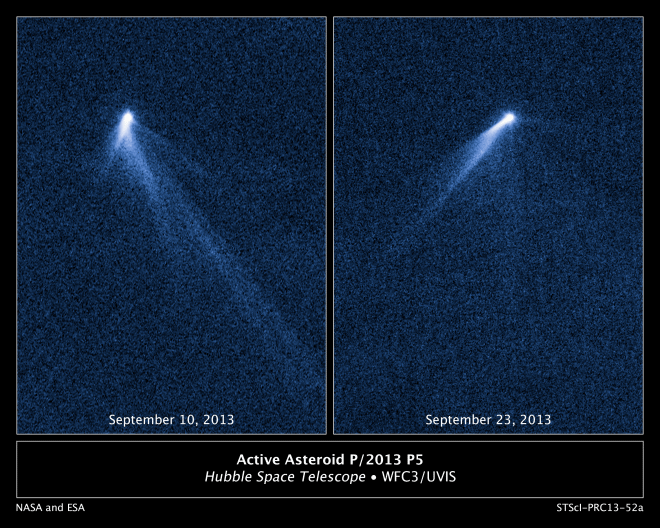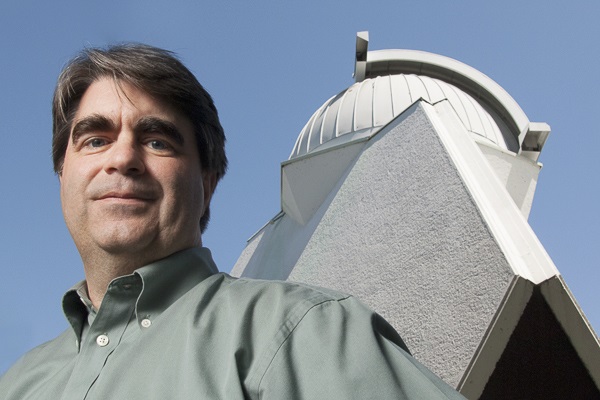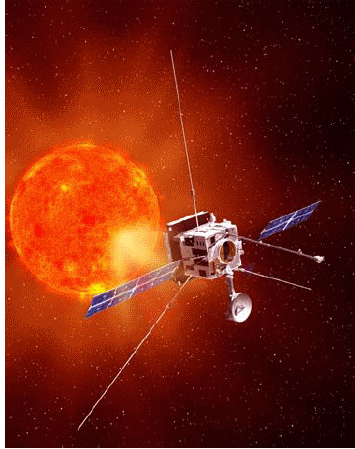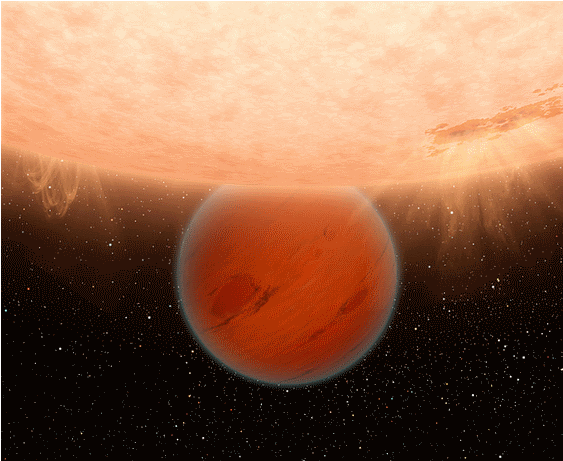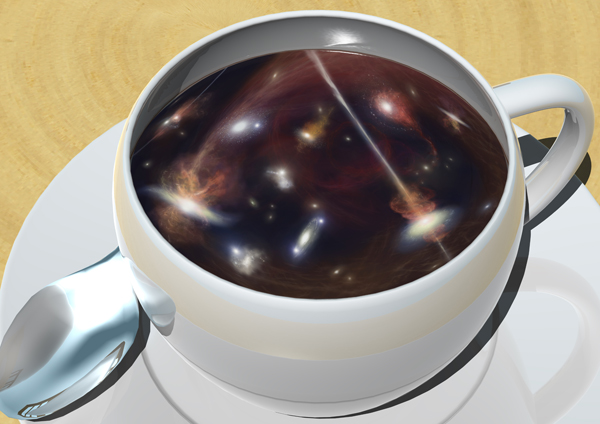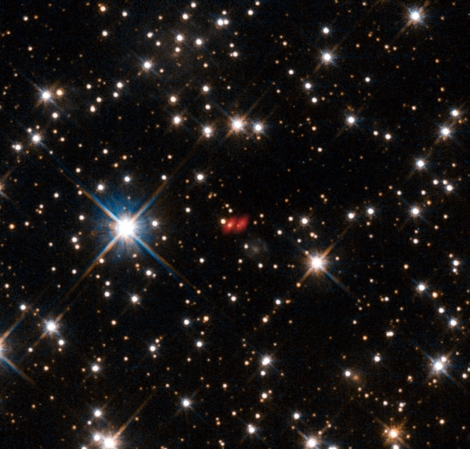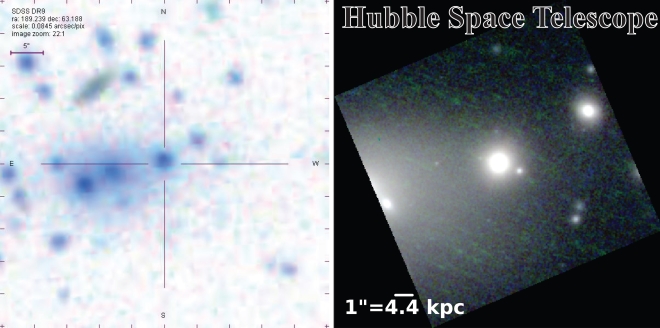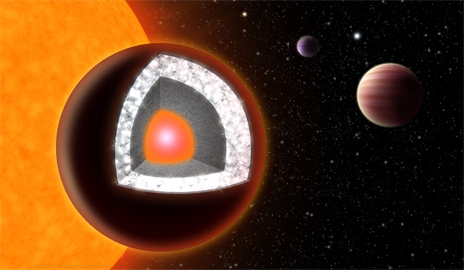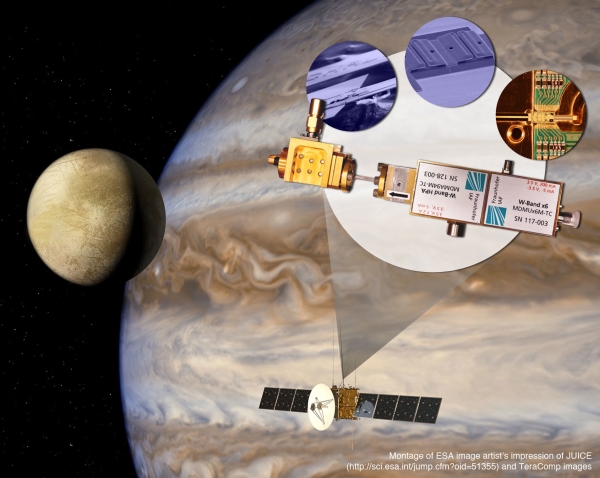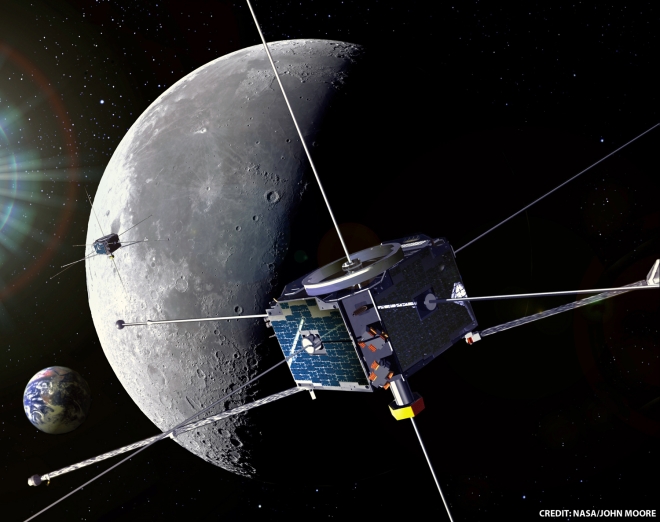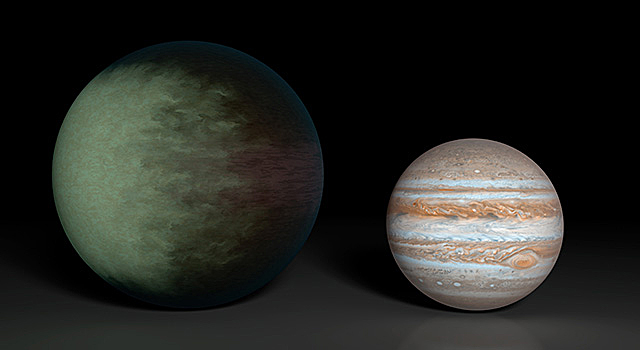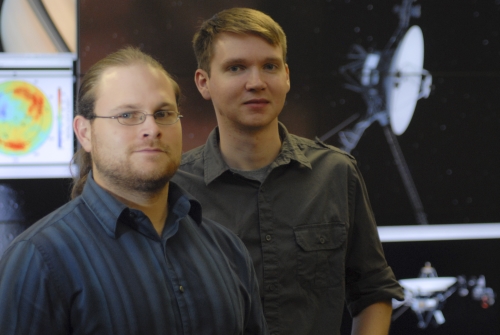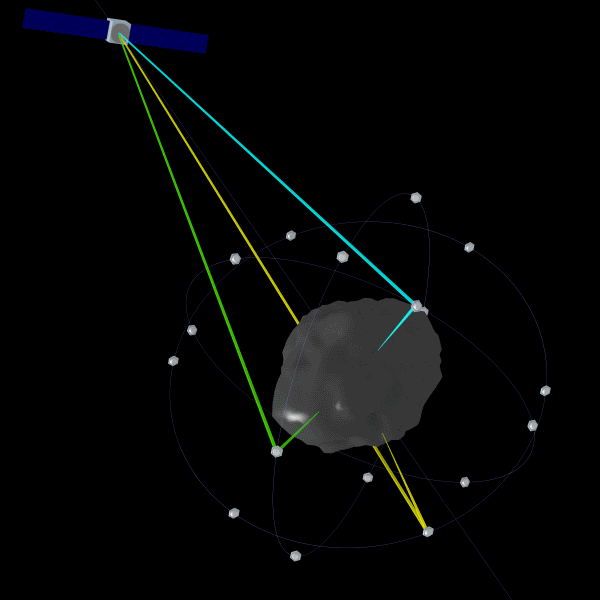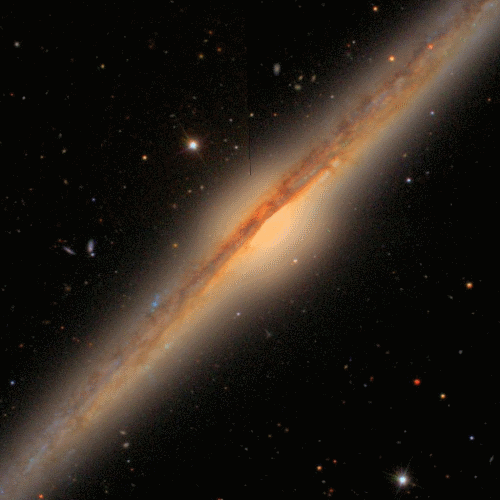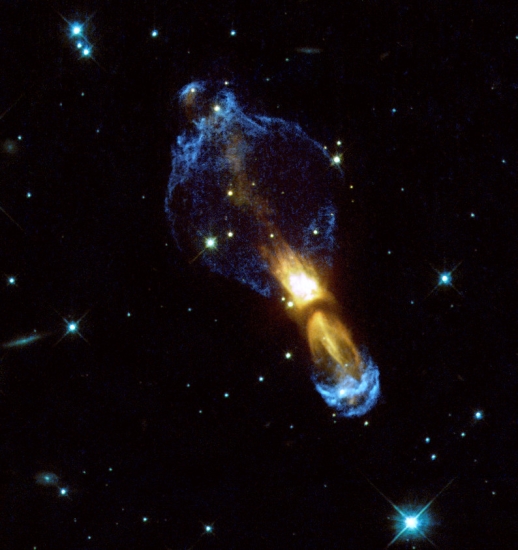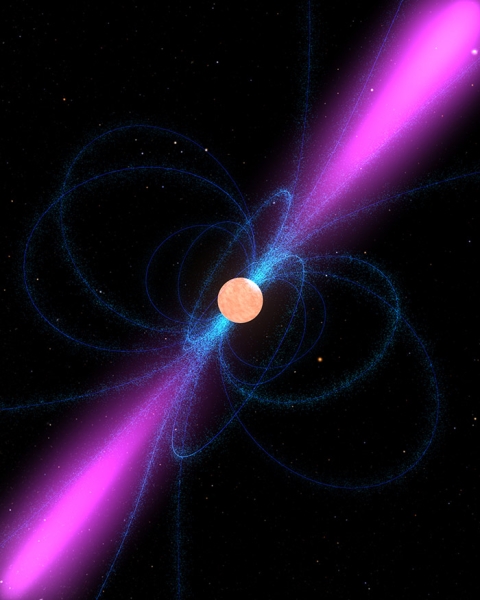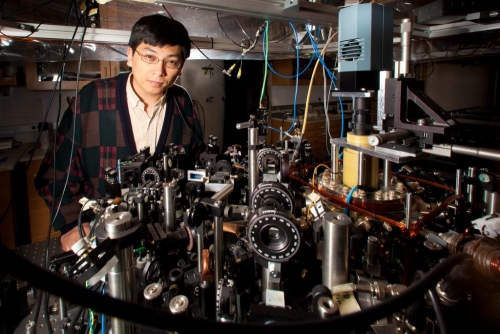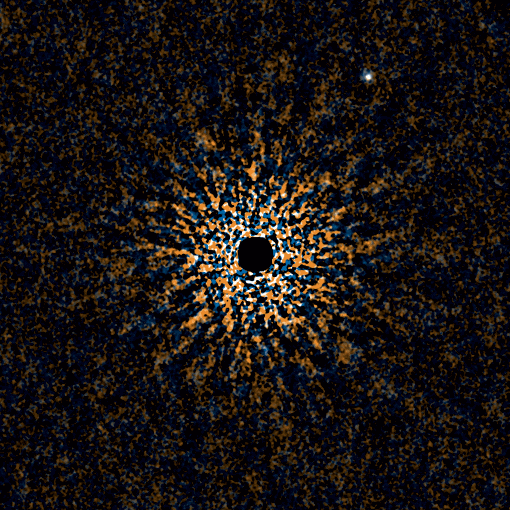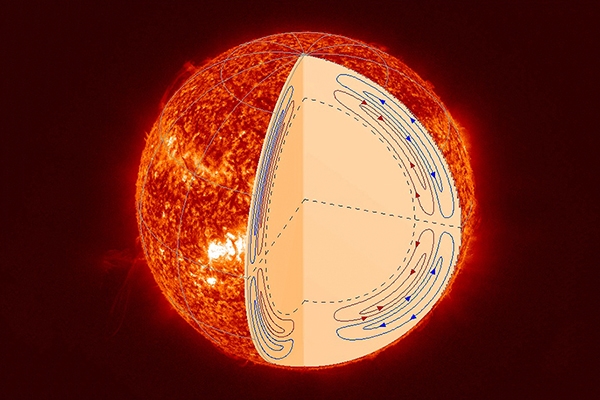
'Freakish' asteroid discovered, resembles rotating lawn sprinkler
The find, reported online in the Nov. 7 issue of the Astrophysical Journal Letters, has left them scratching their heads…
Read >>Stanford physicists monitoring huge solar event
The sun's magnetic field is poised to reverse its polarity. The effects of the event, which occurs every 11 years, will ripple throughout the solar system and be closely monitored by Stanford solar physicists.
The sun's magnetic field is poised to reverse its polarity. The effects of the event, which occurs every 11 years, will…
Read >>SRI International and TowerJazz Deliver First SoloHI CMOS Imagers to the Naval Research Laboratory for Solar Orbiter Mission
Imagers Integral to Studying Sun at Distance Closer than Previous Missions
With its large field of view, SoloHI will make high-resolution images of the corona and solar wind and be able to connec…
Read >>Researchers discover that an exoplanet is Earth-like in mass and size
While too hot to support life, Kepler 78b is roughly the size of the Earth.
The team has found that Kepler 78b shares another characteristic with Earth: its mass. By analyzing the movement of its…
Read >>Could a Milky Way Supernova Be Visible from Earth in Next 50 Years?
Advances in cameras, new strategies for detection make it possible
Astronomers at The Ohio State University have calculated the odds that, sometime during the next 50 years, a supernova o…
Read >>Stanford researchers show how universe's violent youth seeded cosmos with iron
By detecting an even distribution of iron throughout a massive galaxy cluster, astrophysicists can tell the 10-billion-year-old story of how exploding stars and black holes sowed the early cosmos with heavy elements
By detecting an even distribution of iron throughout a massive galaxy cluster, astrophysicists can tell the 10-billion-y…
Read >>Alma gives astronomers a unique glimpse of a black hole’s eating habits
A team led by astronomers from Chalmers and Onsala Space Observatory have used the powerful telescope Alma to catch an u…
Read >>"Red Nugget" Galaxies Were Hiding in Plain Sight
In 2005 the Hubble Space Telescope spotted unusually small galaxies densely packed with red stars in the distant, young…
Read >>Diamond 'Super-Earth' May Not be Quite as Precious, UA Graduate Student Finds
An alien world reported to be the first known planet to consist largely of diamond appears less likely to be of such precious nature, according to a new analysis led by UA graduate student Johanna Teske.
A planet 40 light years from our solar system, believed to be the first-ever discovered planet to consist largely of dia…
Read >>Terahertz sensor aiming for Jupiter´s moons
A high performance terahertz receiver aiming for space missions such as ESA’s Jupiter icy moons explorer has been develo…
Read >>Lunar orbiters discover source of space weather near Earth
Solar storms — powerful eruptions of solar material and magnetic fields into interplanetary space — can cause what is kn…
Read >>Scientists generate first map of clouds on an exoplanet
Map reveals a lopsided cloud distribution on an extremely hot planet.
On the exoplanet Kepler 7b, the weather is highly predictable, an international team of scientists has found: On any giv…
Read >>Voyager 1 magnetic data surprise intrigues UAH researchers
A University of Alabama in Huntsville graduate student and a recent UAH doctoral graduate are exploring surprising data…
Read >>Lasers key to UAH team’s asteroid defense system
A space-based laser system proposed to NASA by University of Alabama in Huntsville researchers could be a cost-effective…
Read >>Researchers publish enormous catalog of more than 300,000 nearby galaxies
More than 83,000 volunteer citizen scientists participated in the crowdsourcing project
The project, named Galaxy Zoo 2, is the second phase of a crowdsourcing effort to categorize galaxies in our universe.
Read >>Magnetic jet shows how stars begin their final transformation
Astronomers have for the first time found a jet of high-energy particles from a dying star. The discovery, by a team inc…
Read >>Neutron stars in the computer cloud
Einstein@Home discovers 24 new pulsars in archival data
The combined computing power of 200,000 private PCs helps astronomers take an inventory of the Milky Way
Read >>Ultracold Big Bang experiment successfully simulates evolution of early universe
Physicists have reproduced a pattern resembling the cosmic microwave background radiation in a laboratory simulation of…
Read >>Portrait of a Jupiter twin
Subaru telescope snaps image of exoplanet GJ 504 b, which orbits a Sun-like star
Using the Subaru telescope on Hawai'i, a group of astronomers including scientists from the Max Planck Institute for Ast…
Read >>Stanford solar scientists solve one of the sun's mysteries
The sun's magnetic field can play havoc with communications technology. Stanford scientists have now described one of the underlying processes that help form the magnetic field, which could help scientists predict its behavior.
The sun's magnetic field can play havoc with communications technology. Stanford scientists have now described one of th…
Read >>
There are 385 articles in Astronomy & Space
Astronomy & Space Archive
